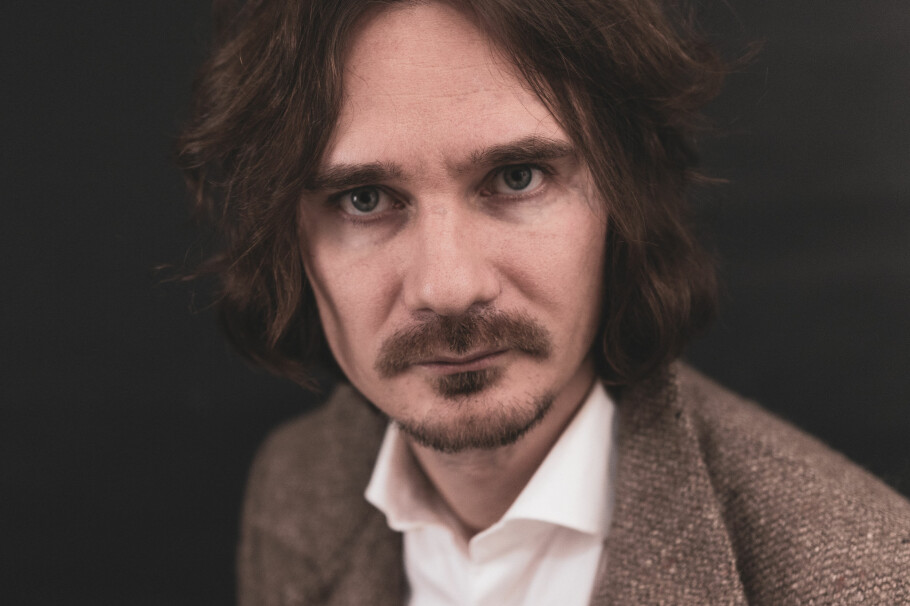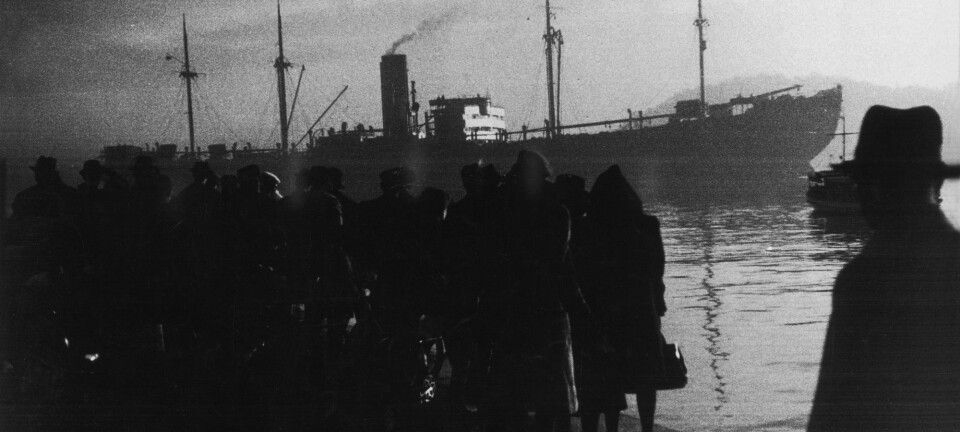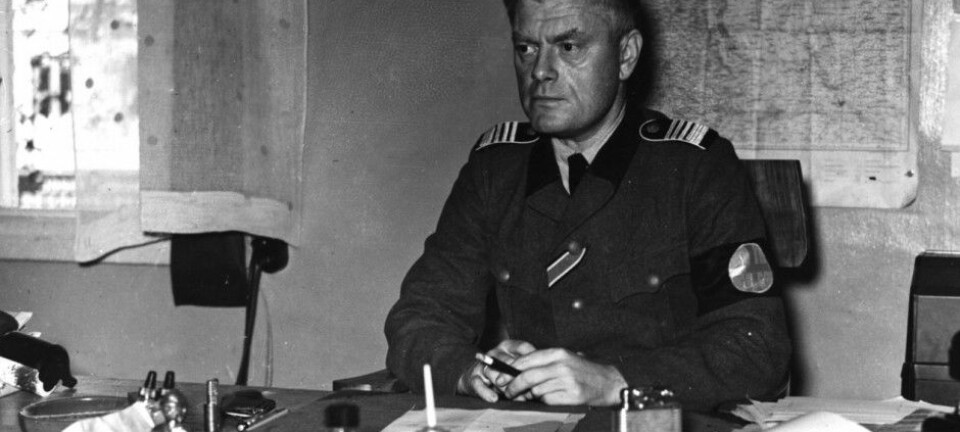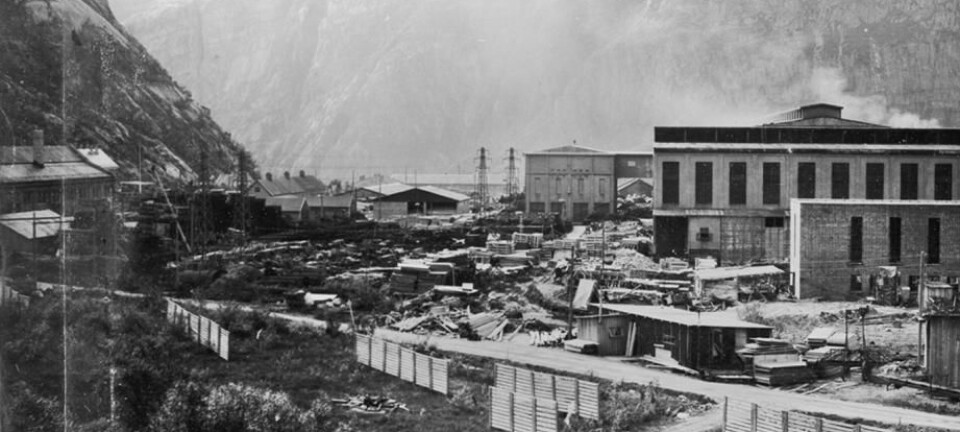
How the Germans used Ibsen to spread Nazi ideology
Nazi Germany created its own distinctive movie versions of Ibsen's Norwegian plays - downplaying strong female characters and creating happy endings. The movies were intended both to entertain and to teach people to become moral citizens of the Third Reich, according to Ibsen researcher.
"Movies like Peer Gynt were hugely popular big-budget films," Thor Holt says.
The literary critic recently took his doctorate at the University of Oslo on the German film adaptations of Henrik Ibsen's plays between 1933 and 1945.
Nazi Germany created its own distinctive versions of the Norwegian dramas. However, they were far from being pure propaganda films.
“The movies were made without any swastikas and were entertaining. The Nazis were trying to compete with Hollywood,” says Holt.
“The films intended to entertain and teach at the same time.”
Nazi Minister of Propaganda Joseph Goebbels recognized the value of subtle manipulation.
“Goebbels believed that only when the right values were linked to characters and communicated indirectly, could propaganda be effective,” Holt says.
Took liberties
Holt was surprised that fully five of the theatre pieces ended up on the movie screen.
Ibsen pieces like A Doll's House aren’t obvious candidates for conveying Adolf Hitler's ideals.
“The filmmakers took some liberties with Ibsen's original texts, such as downplaying his strong female characters,” says Holt.
The Nazis were concerned with women's place in the home.
Rebellious Nora seeks freedom when she leaves husband Helmer in Ibsen's drama. But in the movie Nora, she gets the Nazi version of a happy ending.
“Nora and Helmer practically dance out of the home hand in hand,” says Holt.
Happy endings were in keeping with Hollywood dramas, which were popular even under Hitler's regime.
Sceptical of Ibsen
Holt believes that it was also important to the Nazis to give people hope in a difficult time. Nora came out in 1944, when Germany was losing the war.
Holt’s research included reading the Minister of Propaganda’s diaries.
“In 1944, Goebbels wanted to produce uplifting films. So it's probably no coincidence that Nora and Helmer find each other in the end. Men and women needed to take care of each other in such a demanding war situation."
Goebbels was actually only lukewarm about Ibsen's plays. He thought they were out of step with the times.
Here he differed from Hitler and other top Nazis who lauded the Norwegian playwright.
Hitler was inspired by An Enemy of the People in his book Mein Kampf, according to Steven F. Sage. Sage is the author of the book Ibsen and Hitler: The Playwright, the Plagiarist, and the Plot for the Third Reich. The fight against bacteria became the fight against the Jews, he writes in the Norwegian newspaper Dagbladet (in Norwegian).

Norway as a symbol of purity
On the other hand, Goebbels liked movie versions like Nora.
These modified stories generally had Nazi-style happy endings, whether they portrayed the need for a strong state in An Enemy of the People or the mysterious and healing qualities of nature in Peer Gynt.
In Peer Gynt, the trolls were assigned "Jewish" values and become capitalists on the London Stock Exchange.
Globetrotting Peer is portrayed as a winner, without the ironic descriptions Ibsen gives of him. This Peer fits well into the ideology of "blood and soil," where pure races are linked to the nation-state and the home, preferably in rural settings.
The notion of all that is distinctively German is called Heimat.
The Nazis often used Norway as a picture of the ideal Germany, cultivating blond Norwegians and the Norwegian landscape with its mountains, fjords and farms.
Peer travels the world, but reunites with his pious girlfriend Solveig.
Perhaps this was a picture of being allowed to dream as long as you came back to the fatherland.
“The films tried to meet people's longings and address them in line with Nazi ideology,” says Holt.
Dangerous female characters
As Peer walks across the moors in Gudbrandsdalen towards the end of the film, he gets closer to salvation with every step – the Norwegian mountain world and Solveig waiting for him at home.
“It's an ideal ‘Aryan’ reunion. This has less to do with Ibsen's text than it has to do with how the mountain setting of Gudbrandsdalen is portrayed in the film as an ideal for the notion of a more racially pure and rural Third Reich,” says Holt.
But the filmmakers also incorporated another female role: a tough one, played by the Russian movie star Olga Chekhova.
Holt thinks this shows that filmmakers considered it equally important to appeal to the public.
“These foreign, more exotic stars were much more popular than the innocent German housewife represented by Solveig. This can be seen by their salaries and which actors drew the masses to the movie theatres."

Internal tensions in Nazi Germany
The film's contradictions also hint at internal tensions in Nazi Germany, says the Ibsen researcher.
Peer Gynt idealizes the peasant society, whereas The Pillars of Society embraces high-tech modernism and combines it with romantic dreams of the past.
Both Goebbels and Hitler believed that technology could restore the power of the German people, while other Nazis were more concerned with rural life. They had different ideas about what Heimat should be.
Holt admits that naturally it’s possible to read too much into the films. Perhaps the Nazis neither interpreted things this way nor did anyone in the audience absorb the messages.
Regardless, he believes the films reflect the time and society they were created in.
Mikkel Bolt Rasmussen at the University of Copenhagen was part of the committee who approved Holt's doctorate.
The professor thinks Holt’s research is an important contribution.
“Holt analyses the Ibsen film adaptations in their historical context and convincingly explains how the films were included as part of the Nazi ideology of 'Heimat' but also contained elements that pointed out the Nazi myth of the Aryan race and its ‘home,’” Rasmussen writes in an e-mail to forskning.no.
Butchered by Norwegian reviewers
Several of the Ibsen films were well received in Germany by reviewers.
This may be due to film reviews being forbidden from 1936 on, when only movie “reports” were allowed. But German reviewers were largely positive even before the censorship.
Some of the films were also shown in Norway, where they received a far cooler reception.
It was unheard of in Norway to make changes to the Norwegian national treasures, and Norwegians found the 1935 showing of Peer Gynt at Saga cinema in Oslo scandalous.
The reviewer for the Norwegian newspaper Aftenposten reacted to "the murderous attacks the German Peer Gynt film is making on the Norwegian audience", Holt says.
“These films were meaningful in completely different ways in the Third Reich than when they were shown at other times, or in Norway or elsewhere,” Holt says.
Reference:
Thor Holt: Far from Home: Ibsen through the Camera Lens in the Third Reich. Doctoral dissertation at the Department of Linguistic and Scandinavian Studies, University of Oslo, 2019.
———


































